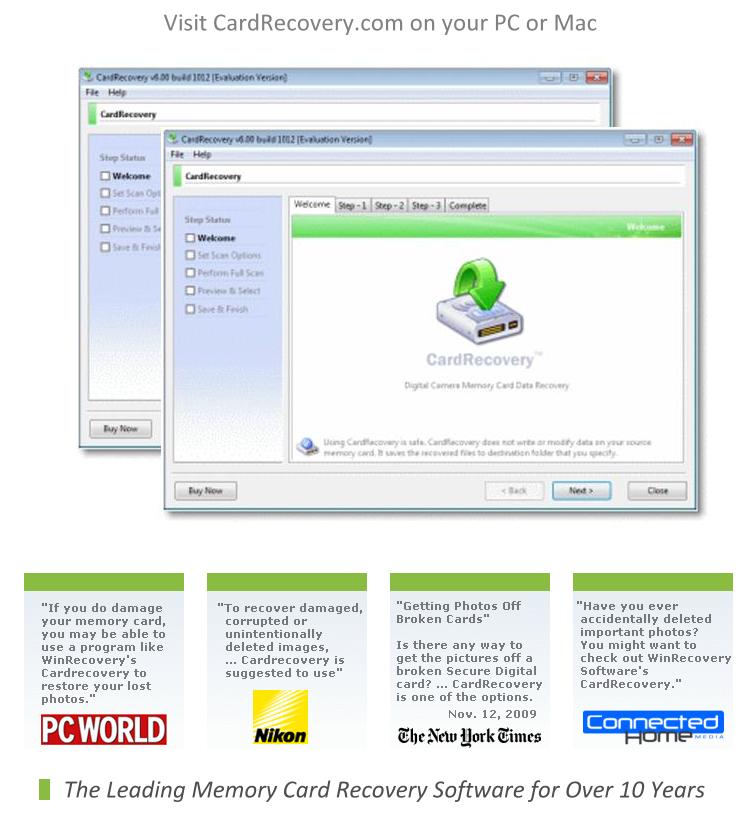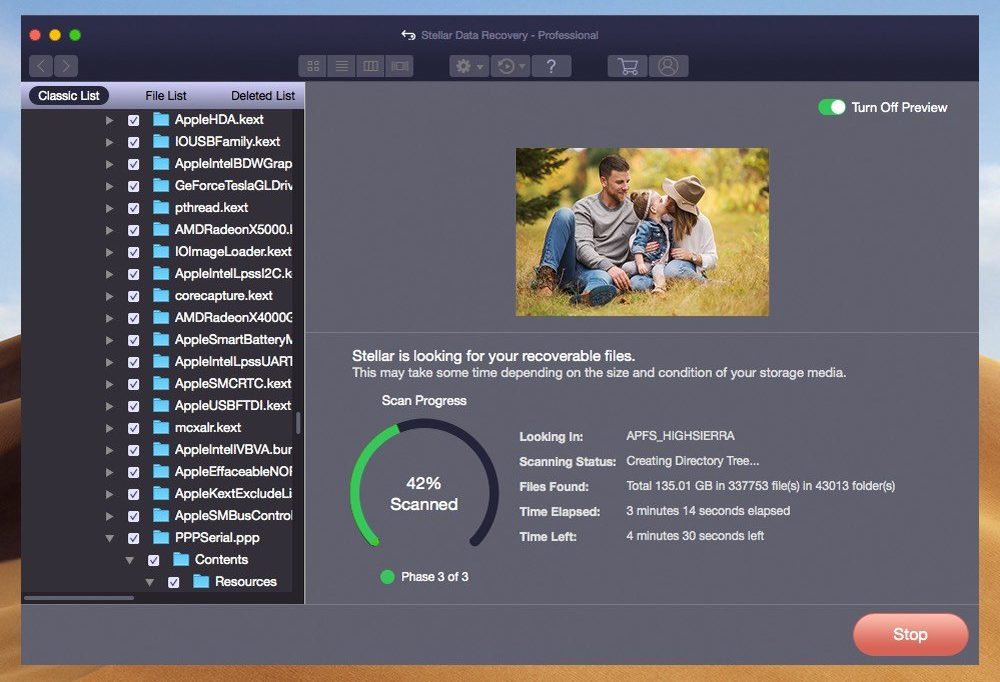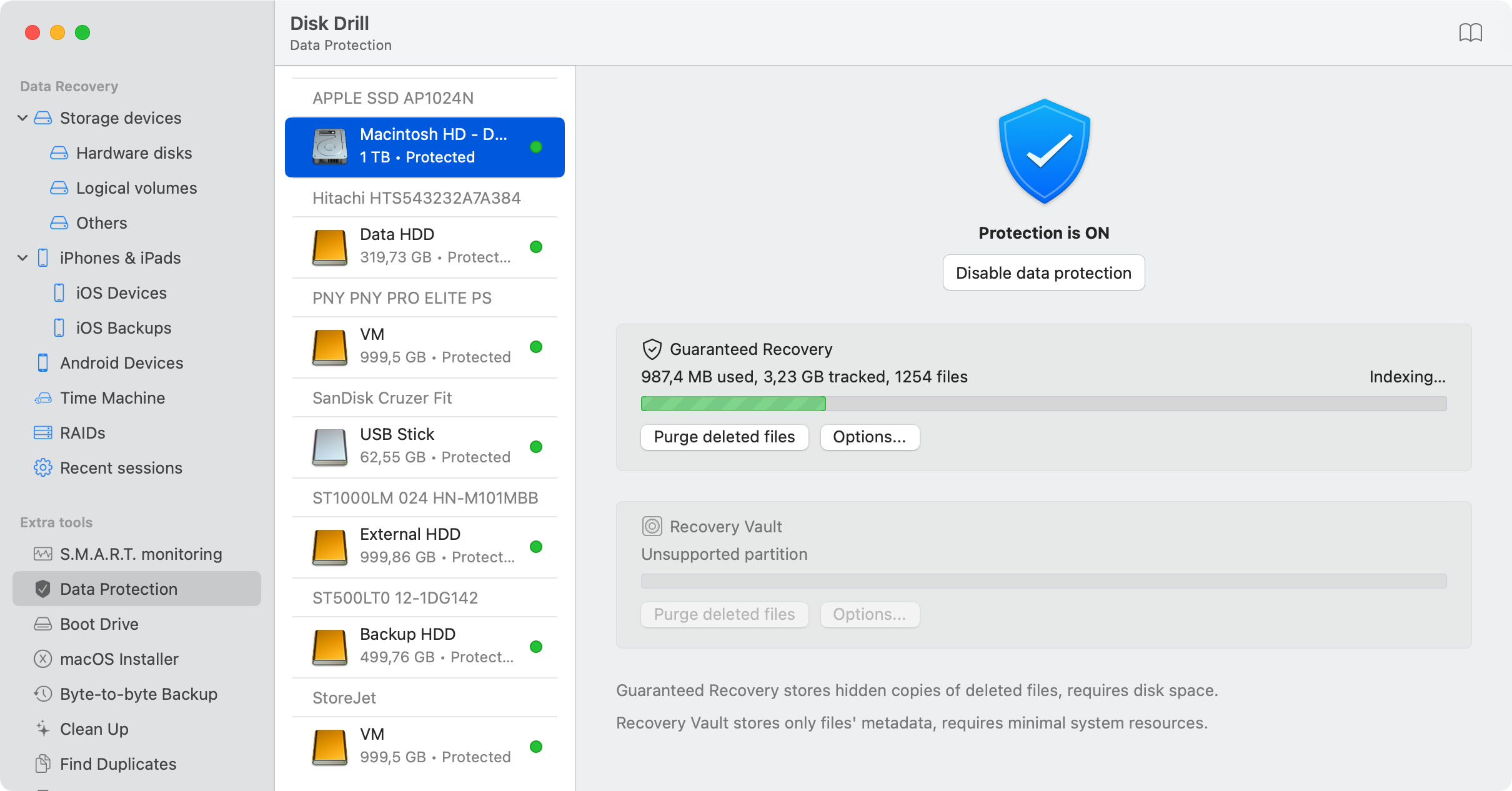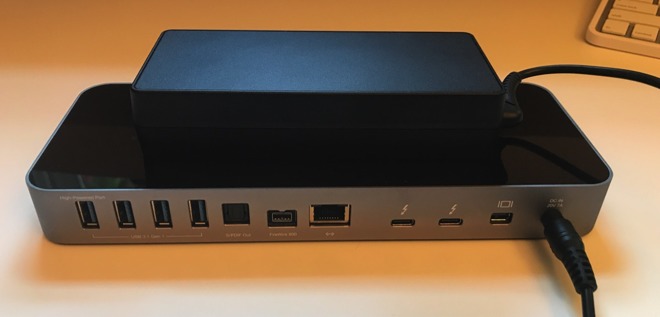- Free Mac SD Card Data Recovery can effectively recover lost, deleted, corrupted or formatted files from various memory cards. It supports almost all memory card types including SD Card, MicroSD.
- Free Card Data Recovery for Mac v.2.3.8.8 7thShare Free Card Data Recovery for Mac is the best SD Card Data Recovery Software for Mac users, which has the ability to restore any lost data including pictures, videos, documents, archives and more from all kinds of SD Card on Mac.
SD Card Recovery for Mac Download SD Card Recovery for Mac. File size: 11.8 MB Mac OS X 10.6 or Later; Compatible with macOS 11.0.1 Big Sur. Note: When the scan is finished, Your files will automatically be saved in the destination folder. Recoverit Mac Data Recovery. When it comes to the free data recovery software for Mac.
macOS Recovery is part of the built-in recovery system of your Mac. You can start up from macOS Recovery and use its utilities to recover from certain software issues or take other actions on your Mac.
Sd Card Recovery Mac Free
How to start up from macOS Recovery
- Turn on your Mac and immediately press and hold these two keys: Command (⌘) and R. Need help?
- Release the keys when you see an Apple logo, spinning globe, or other startup screen.
- You might be prompted to enter a password, such as a firmware password or the password of a user who is an administrator of this Mac. Enter the requested password to continue.
- Startup is complete when you see the utilities window:
- After starting up from macOS Recovery, select a utility, then click Continue:
- Restore From Time Machine Backup:Restore your Mac from a Time Machine backup.
- Reinstall macOS: Download and reinstall the Mac operating system.
- Get Help Online: Use Safari to browse the web and find help for your Mac. Links to Apple's support website are included. Browser plug-ins and extensions are disabled.
- Disk Utility: Use Disk Utility to repair your disk or erase your disk or other storage device.
Additional utilities are available from the Utilities menu in the menu bar: Startup Security Utility (or Firmware Password Utility), Network Utility, and Terminal.
- To quit macOS Recovery, choose Restart or Shut Down from the Apple menu . If you want to choose a different startup disk before quitting, choose Startup Disk from the Apple menu.
If you can't start up from macOS Recovery


If your Mac can't start up from its built-in macOS Recovery system, it might try to start up from macOS Recovery over the Internet. When that happens, you see a spinning globe instead of an Apple logo during startup:
Our software library provides a free download of OS X Recovery Disk Assistant 1.0 for Mac. This free Mac application is a product of Apple Inc. The latest installer takes up 1.1 MB on disk. The application lies within System Tools, more precisely Backup & Restore. Our built-in antivirus checked this Mac download and rated it as 100% safe. Recoverit Data Recovery Free helps you to recover lost data from all types of Windows or Mac devices and storage media like HDD, SSD, External hard disks, Floppy Disks, USB flash drives, Memory cards, Digital cameras, and any other storage devices. Recover Word Document Mac. Effective ways to recover unsaved, lost and deleted Word document on Mac. Free Data Recovery Software Mac. Top five completely free data recovery software for Mac to quickly find lost files. Video Recovery Software. Free video recovery software can recover formatted or deleted videos from any device. Minitool mac data recovery free download - MiniTool Mac Data Recovery, MiniTool Power Data Recovery Free Edition, Softtote Mac Free Data Recovery, and many more programs. Sep 15, 2020 EaseUS free data recovery tool is a handy app designed for casual unintentional file deletions. MiniTool Power Data Recovery for Mac. MiniTool Data Recovery for Mac can recover photos, music, videos, emails, documents, and other types of data from Mac computers or other common storage devices. The free version only offers support via email.
To manually start up from Internet Recovery, press and hold either of these key combinations at startup:
- Option-Command-R
- Shift-Option-Command-R
Learn more
If startup from Internet Recovery is unsuccessful, you see a globe with an alert symbol (exclamation point):
In that case, try these solutions:
- Make sure that your Mac can connect to the Internet. If you're not prompted to choose a Wi-Fi network during startup, move your pointer to the top of the screen, then choose a network from the Wi-Fi menu , if available.
- Press Command-R at startup to try using the built-in Recovery system instead of Internet Recovery.
- Connect to the Internet using Ethernet instead of Wi-Fi, or vice versa.
- Connect to the Internet from a different Wi-Fi or Ethernet network. Your network configuration might not allow the Internet access that macOS Recovery needs.
- Try again later, because the issue might be temporary.
- Start up from another disk or volume, if available, or use a bootable installer to reinstall macOS.
If you still need help, please contact Apple Support.
Reinstall from macOS Recovery
macOS Recovery makes it easy to reinstall the Mac operating system, even if you need to erase your startup disk first. All you need is a connection to the Internet. If a wireless network is available, you can choose it from the Wi-Fi menu , which is also available in macOS Recovery.
1. Start up from macOS Recovery
To start up from macOS Recovery, turn on your Mac and immediately press and hold one of the following sets of keys on your keyboard. Release the keys when you see an Apple logo, spinning globe, or other startup screen.
Command (⌘)-R
Reinstall the latest macOS that was installed on your Mac (recommended).
Option-⌘-R
Free Data Recovery For Mac
Upgrade to the latest macOS that is compatible with your Mac.
Shift-Option-⌘-R
Reinstall the macOS that came with your Mac, or the closest version still available.
You might be prompted to enter a password, such as a firmware password or the password of a user who is an administrator of this Mac. Enter the requested password to continue.
When you see the utilities window, you have started up from macOS Recovery.
2. Decide whether to erase (format) your disk
You probably don't need to erase, unless you're selling, trading in, or giving away your Mac, or you have an issue that requires you to erase. If you need to erase before installing macOS, select Disk Utility from the Utilities window, then click Continue. Learn more about when and how to erase.
3. Install macOS
When you're ready to reinstall macOS, choose Reinstall macOS from the Utilities window. Then click Continue and follow the onscreen instructions. You will be asked to choose a disk on which to install.
- If the installer asks to unlock your disk, enter the password you use to log in to your Mac.
- If the installer doesn't see your disk, or it says that it can't install on your computer or volume, you might need to erase your disk first.
- If the installer is for a different version of macOS than you expected, learn about macOS Recovery exceptions.
- If the installer offers you the choice between installing on Macintosh HD or Macintosh HD - Data, choose Macintosh HD.
Please allow installation to complete without putting your Mac to sleep or closing its lid. During installation, your Mac might restart and show a progress bar several times, and the screen might be empty for minutes at a time.
If your Mac restarts to a setup assistant, but you're selling, trading in, or giving away your Mac, press Command-Q to quit the assistant without completing setup. Then click Shut Down. When the new owner starts up the Mac, they can use their own information to complete setup.
macOS Recovery exceptions
The version of macOS offered by macOS Recovery might vary in some cases:
- If macOS Sierra 10.12.4 or later has never been installed on this Mac, Option-Command-R installs the macOS that came with your Mac, or the closest version still available. And Shift-Option-Command-R isn't available.
- If you erased your entire disk instead of just the startup volume on that disk, macOS Recovery might offer only the macOS that came with your Mac, or the closest version still available. You can upgrade to a later version afterward.
- If your Mac has the Apple T2 Security Chip and you never installed a macOS update, Option-Command-R installs the latest macOS that was installed on your Mac.
- If you just had your Mac logic board replaced during a repair, macOS Recovery might offer only the latest macOS that is compatible with your Mac.
If you can't get macOS Recovery to offer the installer you want, you might be able to use one of the other ways to install macOS.
Other ways to install macOS
- You can also install macOS from the App Store or Software Update preferences. If you can't install macOS Catalina, you might be able to install an earlier macOS, such as macOS Mojave, High Sierra, Sierra, El Capitan, or Yosemite.
- Or create a bootable installer disk, then use that disk to install macOS on your Mac or another Mac.
Free Sd Card Recovery Software Mac
SD stands for Secure Digital Memory Card which is a next-generation memory device based on semiconductor flash memory. It has been widely used on portable devices, such as digital cameras, mobile phones and multimedia players, etc. . Every coin has two sides. On one hand, it is very convenient to save files. On the other hand, data easily get damaged, formatted or deleted due to quality difference, improper operation or other reasons. Here, a kind of free memory card recovery program will be recommended. Lost data will be easily restored by this free SD card recovery utility.Why data in SD card will be lost?
People always find their files lost suddenly and have no idea of the reasons. Here, several common causes are listed for your information.
- * Deleted by users intentionally or unintentionally
- * SD cards get damaged and inaccessible
- * Formatted actively or passively
- * Pulled out while progressing
- * Virus invasion
- * And other unknown reasons
How to regain data by SD card recovery software?
Before we learn how to recover memory card data, we need to figure out why data can be restored even it already get damaged, deleted or formatted. Technically, data will not disappear permanently due to deletion or formatting. The files still remain in your disk and have great possibility to be recovered, as long as you stop using card immediately to avoid data being overwritten. Here detailed steps to run SD card recovery freeware will be presented:Step 1Free download Mac Data Recovery Software and install it to a location. Please do not install it in original disk. Then launch the program. Below is the main interface.
Here detailed steps to run SD card recovery freeware will be presented:Step 1Free download Mac Data Recovery Software and install it to a location. Please do not install it in original disk. Then launch the program. Below is the main interface. Step 2 There’re three modes to be selected. Here, let’s take file recovery for example. Click 'File Recovery' and you’ll get below interface. As you can see, free version can only recover bmp, jpg, png, tif and mp3 files.
Step 2 There’re three modes to be selected. Here, let’s take file recovery for example. Click 'File Recovery' and you’ll get below interface. As you can see, free version can only recover bmp, jpg, png, tif and mp3 files. Step 3 Choose your volume and click 'Next'. It will begin to scan your card. It reads sector by sector. Both elapsed time and estimated time are showed at same time.
Free Sd Card Recovery Mac Software
Step 4 After scanning, reconstructed files (deep scan) and found files (quick scan) will be listed on the left. All the files are clearly categorized and named by file type. You can preview them before recovery.The SD card recovery free program can only scan and recover several file types. If your other lost data can be located, why not upgrade to full version now? This free pen drive data recovery software is really easy to operate and recover data without damaging quality.